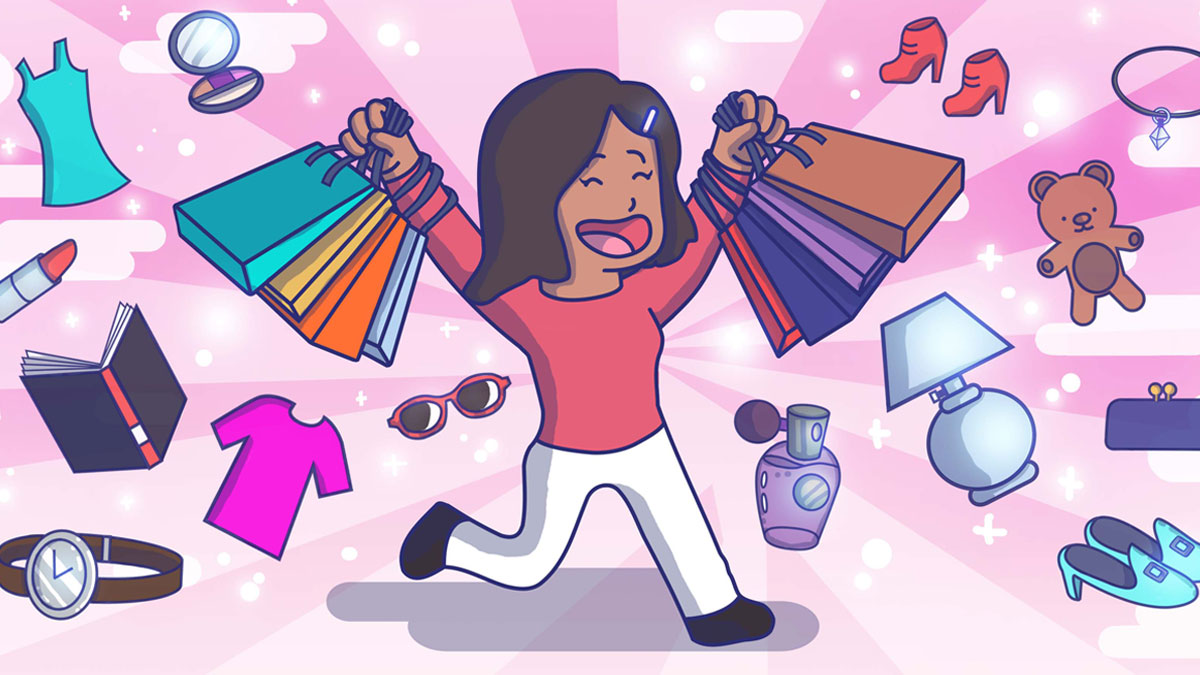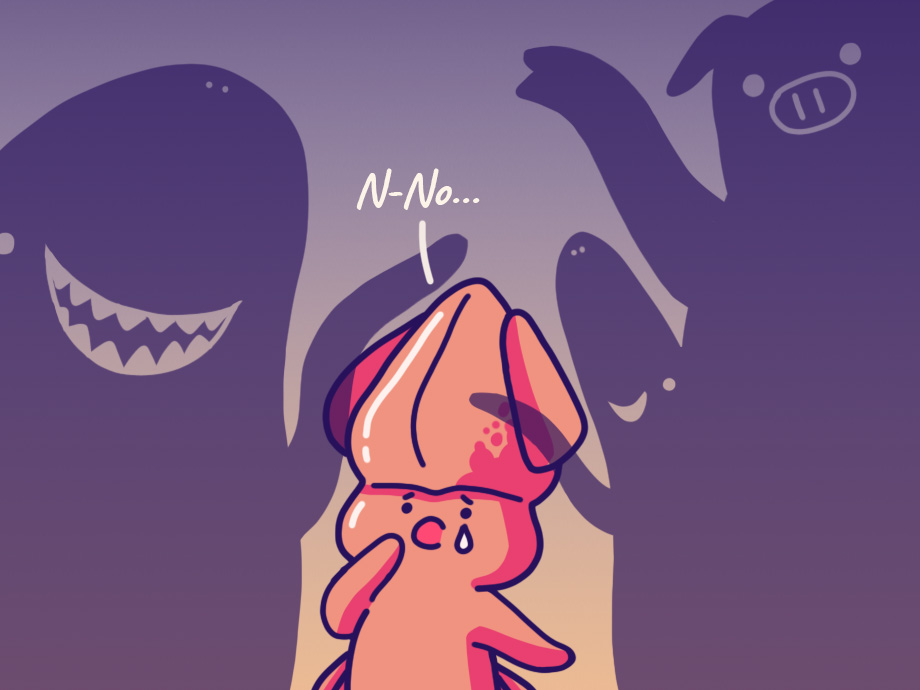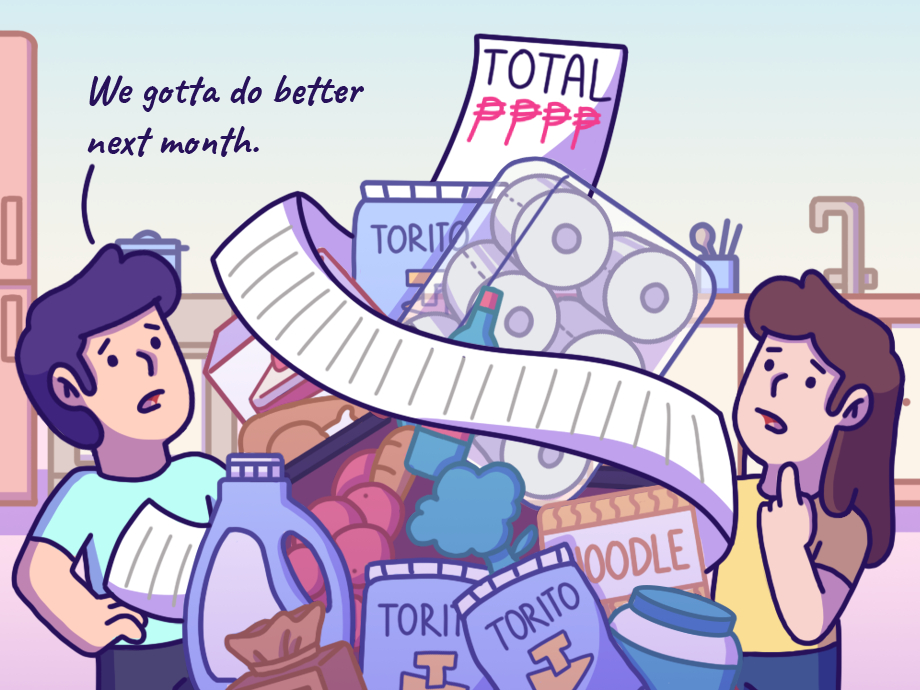Budgeting | Personal Finance | Article
Tame the Impulsive Online Shopper in You
by The Simple Sum Team | January 7, 2022 | 3 mins read

This article isn’t going to tell you how to shop mindfully.
There’s already plenty of great advice out there (if you’ve never seen it, Google’s your friend), so we’ll do things a little differently this time.
Instead of giving you tips like ‘make a mindful shopping list’, we’re going to look at concepts on the human psyche, consumer behavior and marketing practices.
How brands use psychological tactics and disciplines such as ‘neuromarketing’ that take advantage of our blind spots to enhance their bottom lines.
You’ll find some tips here and there, but ultimately this is a list of things to bear in mind so you can approach online shopping as a better-informed consumer.
Anticipation and Digital Dopamine
Let’s imagine for a blissful second you’re the newly-minted owner of a new Uniqlo outlet in the Philippines. You’re going to make it the best retail experience the country has ever seen. Collaborations with local designers, in-store catwalks, steep discounts. You’ve checked all the boxes.
Or have you?
A study has shown that dopamine, the chemical messenger in our brains that reinforces pleasurable sensations, is released when you’re anticipating a reward – much more than when you’re receiving it. A survey conducted on shoppers from the US, UK, Brazil, and China in 2014 found more than two-thirds of the shoppers were “more excited when their online purchases arrive in the mail than when they buy things in store”.
Which is why for big retailers, the online experience is just as important – if not more – than the traditional brick-and-mortar spectacle. It’s the act of waiting, and herein lies the anticipating, that can make online shopping more exciting than shopping in-store.
Online shopping is addictive because it’s designed to be, much like our smartphones and favorite social media networks. Countless amounts of money have gone into R&D to increase our reliance on these products and platforms, and their success depends on us returning.
The 4 Types of Impulse Buys
For many online retailers, impulse buys make up a considerable amount of sales. We make shopping lists and vows to stick to the budget, but we still succumb to unplanned spending.
Let’s take a look at the four types of impulse purchases and some of the triggers that are put in place to oil the wheels:
1. Pure impulse: an unplanned ‘novelty’ purchase, like buying a pair of cheap hoop earrings “because they look cute” while casually browsing a fashion store.
2. Reminder impulse: seeing a product and remembering that you need it, like buying shaving cream at checkout to go with the razor you’re buying.
3. Suggestive impulse: seeing a product and visualising a need for it, like buying a ₱2,000 mascara after seeing it listed in the ‘recommended’ section.
4. Planned impulse: taking up a promotional offer with an unplanned purchase, like adding an item to your basket to reach the total needed for free shipping.














